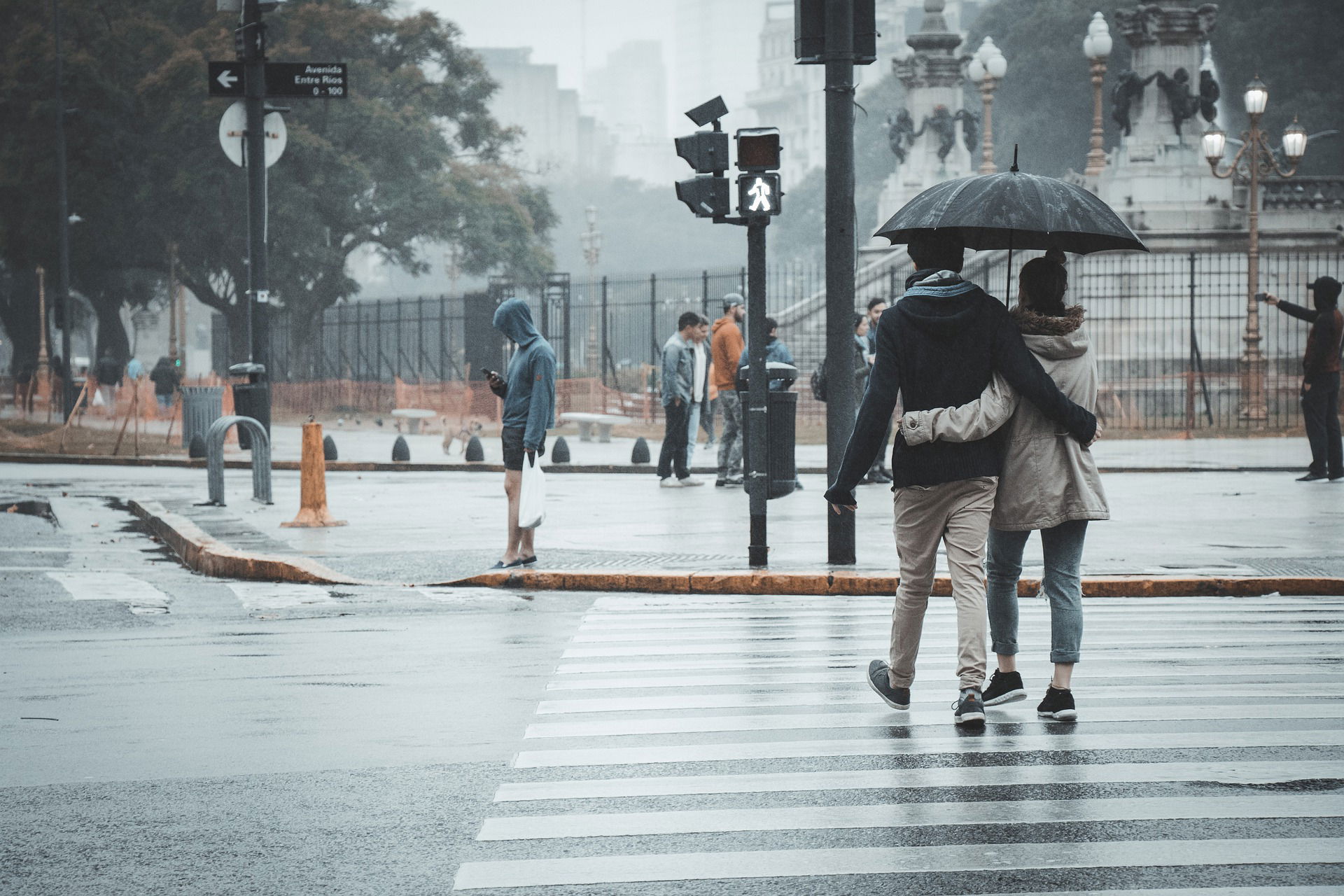Issues In Slip And Fall Cases
April 25th, 2024

By Dean I Weitzman, Esq.
SHARE:
Premises liability lawsuits, also known as slip-and-fall claims, can have a number of different outcomes. This may sound self-evident, but a review of recent cases in Philadelphia and elsewhere illustrates the complexity of these case.
Long Waits for Decisions
Slip-and-fall cases that could be resolved promptly sometimes drag on. For example, an Amtrak worker who received a settlement after he slipped and fell is now being asked to pay Amtrak’s legal fees. The case was filed in 2011 against a third-party construction company, although the accident occurred in 2009. Almost seven years later, issues related to the case are still pending, even though the plaintiff received a jury verdict of $200,000 that was later reduced to $120,000. There have been motions and counter-motions about who will pay Amtrak’s legal fees. Should the plaintiff pay them, since his verdict allegedly included an amount for this? Should the construction company or Amtrak pay? Depending on the outcome, the injured worker may have little or nothing left of his award.
Because premises liability suits such as the Amtrak case above can take months or years to resolve, outcomes are often hard to determine. For example, in October 2015, a plaintiff sued Target Corp. after slipping and falling in the retailer’s warehouse in Delaware County. The outcome of that case, which seeks lost wages and medical expenses from the Minnesota-based chain, may be unknown for months or years.
Can a Problem be Anticipated? Who Decides?
To be successful, a premises liability case requires that the defendant must have known about or been able to foresee a defect and not repaired it. In one case involving a bar parking lot, the bar owners said that they could not have anticipated that a driver would jump the 5-inch barrier around the lot, injuring a pedestrian on the sidewalk. The argument offered by the defense was that such an accident was not foreseeable because it was not known whether something similar had occurred previously.
However, the plaintiff (the person hit on the sidewalk) presented evidence that a nearby strip mall had added vertical posts after realizing that drivers facing the sidewalk could be uncertain about the correct way to proceed when leaving the parking lot. The plaintiff further argued that the accident alone revealed the inadequacy of the existing parking lot barriers, known as wheel stops. The case was appealed to the Superior Court, which remanded the previous summary judgment back to the trial court to answer the question about forseeability.
Exemptions to Liability
A New Jersey cases illustrates lack of agreement over who can be sued in a slip-and-fall case. A judge ruled that a YMCA can be sued even though it is a not-for-profit corporation and membership contracts include a “hold harmless” clause. Absent such a ruling, an organization such as the YMCA could be immune from tort laws in cases such as the slip-and-fall claim filed against the organization because of the state’s charitable immunity law. Pennsylvania statutes contain a similar provision.
The judge disagreed that the YMCA was organized as a religious and educational institution and characterized it as a health club. As a health club, the Y is liable for claims arising from injuries caused by hazardous conditions on its premises. The case in question stems from a claim that a member suffered injuries after slipping on an improperly maintained anti-slip tread in the pool area.
The YMCA plans to appeal that decision.
In addition to limiting liability for charitable organizations, the law limits liability for government agencies. However, the limits are subject to interpretation, as in the New Jersey case against the YMCA. A case against the city of Philadelphia will move forward after a Court of Common Pleas judge ruled that the city could be held liable in the death of a child at a city swimming pool.
In general, government agencies are protected against tort claims such as slip-and-falls. However, there are exceptions to this rule. One of these is that public entities could be liable if the property is in the “care, custody or control of real property in possession of the local agency.” In other words, if the city owns and maintains the property, it can be held liable.
An expert report found numerous problems with the Philadelphia facility, including an “absence of signage and failure to permanently mark a designation between the deep and shallow ends of the pool,” according to a story in the Legal Intelligencer. The city had applied for summary judgment, but the judge’s ruling now requires the case to be tried or settled.
The issues around seemingly straightforward slip-and-fall claims make it important for plaintiffs to seek knowledgeable legal counsel so they understand the possible outcomes and processes involved in this type of case.
 Skip to content
Skip to content